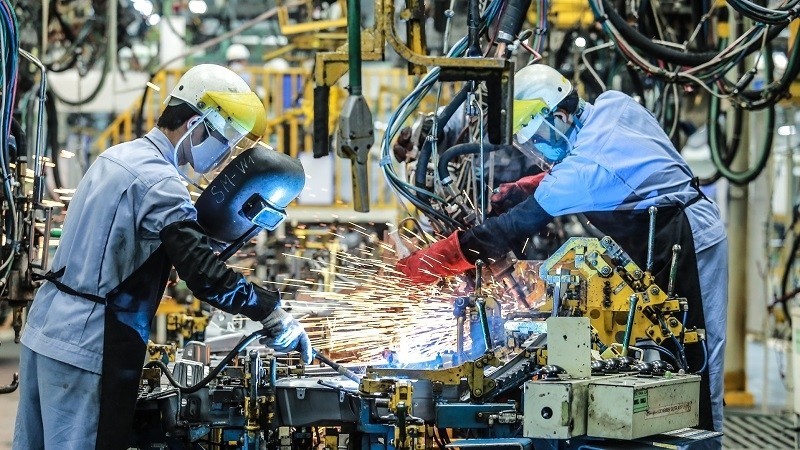This is the biggest fall in FDI inflows since the COVID-19 pandemic broke out again in the country in late April, wreaking havoc on multiple industrial parks in the northern provinces of Bac Giang and Bac Ninh.
Earlier, FDI inflows declined 2.6 percent year-on-year in the first half of the year, after it edged up 0.8 percent in the January-May period.
According to the MPI’s Foreign Investment Agency, of the 7-month figure, US$10.13 billion came from 1,006 newly-registered projects, up 7 percent year-on-year.
Some US$4.54 billion was added to 561 existing projects, representing a year-on-year decrease of 3.7 percent. Capital contribution and share purchases by foreign investors dropped by 55.8 percent to US$2.05 billion.
Economists believed that the COVID-19 pandemic is taking toll on Vietnam’s FDI attraction. The fourth coronavirus wave has knocked the confidence of European businesses, with the EuroCham Business Climate Index (BCI) fell almost 30 points to 45.8 in the second quarter of this year.
Despite the contraction, the FDI disbursement slightly rose by 3.8 percent from a year earlier to US$10.5 billion.
The largest proportion of the seven-month FDI, US$7.9 billion or 47.2 percent, landed in processing and manufacturing, followed by electricity production and distribution, with US$5.49 billion or 32.8 percent.
Singapore topped foreign investors, pouring US$5.92 billion into Vietnam, followed by Japan (US$2.54 billion), and the Republic of Korea (US$2.2 billion).
The Mekong Delta province of Long An was the largest recipient of FDI with US$3.58 billion, followed by Ho Chi Minh City (US$1.78 billion) and Binh Duong (US$1.33 billion).
















